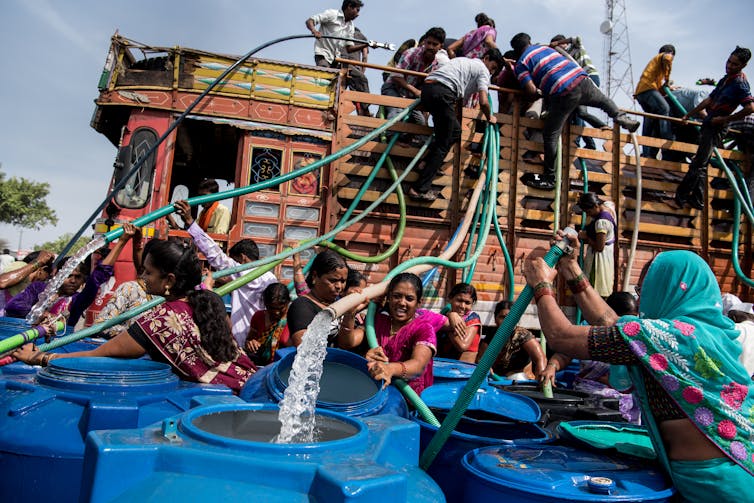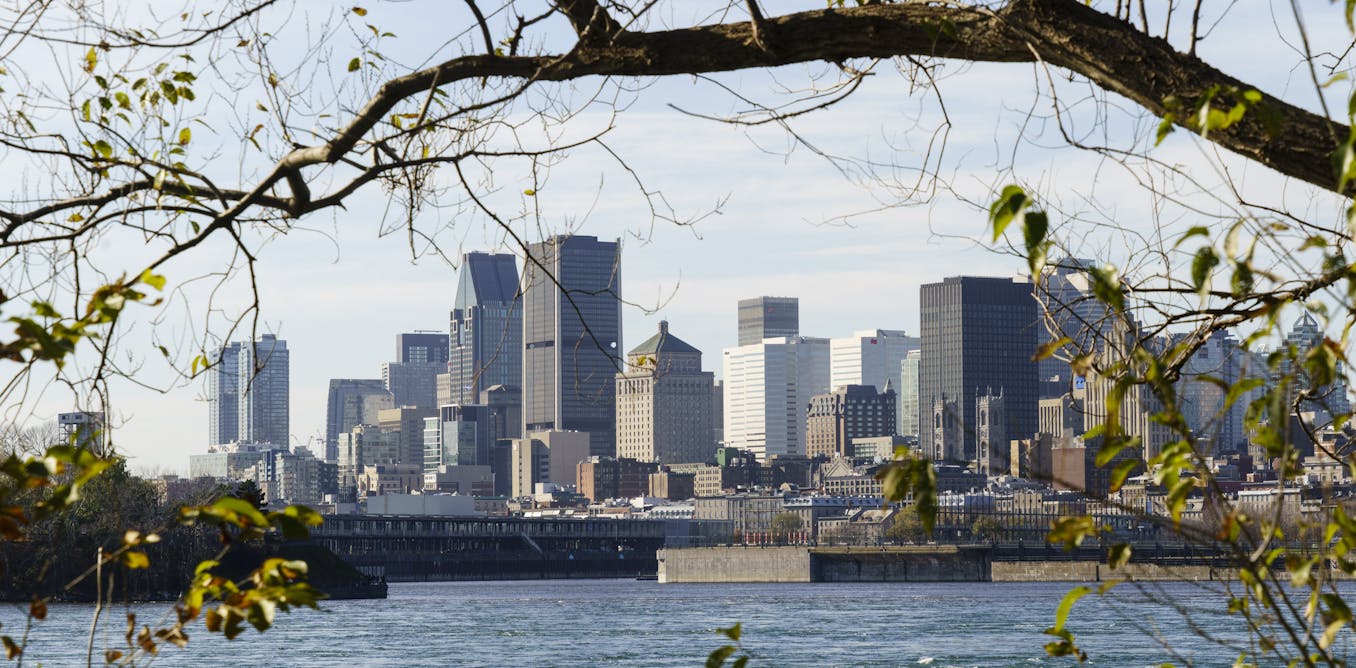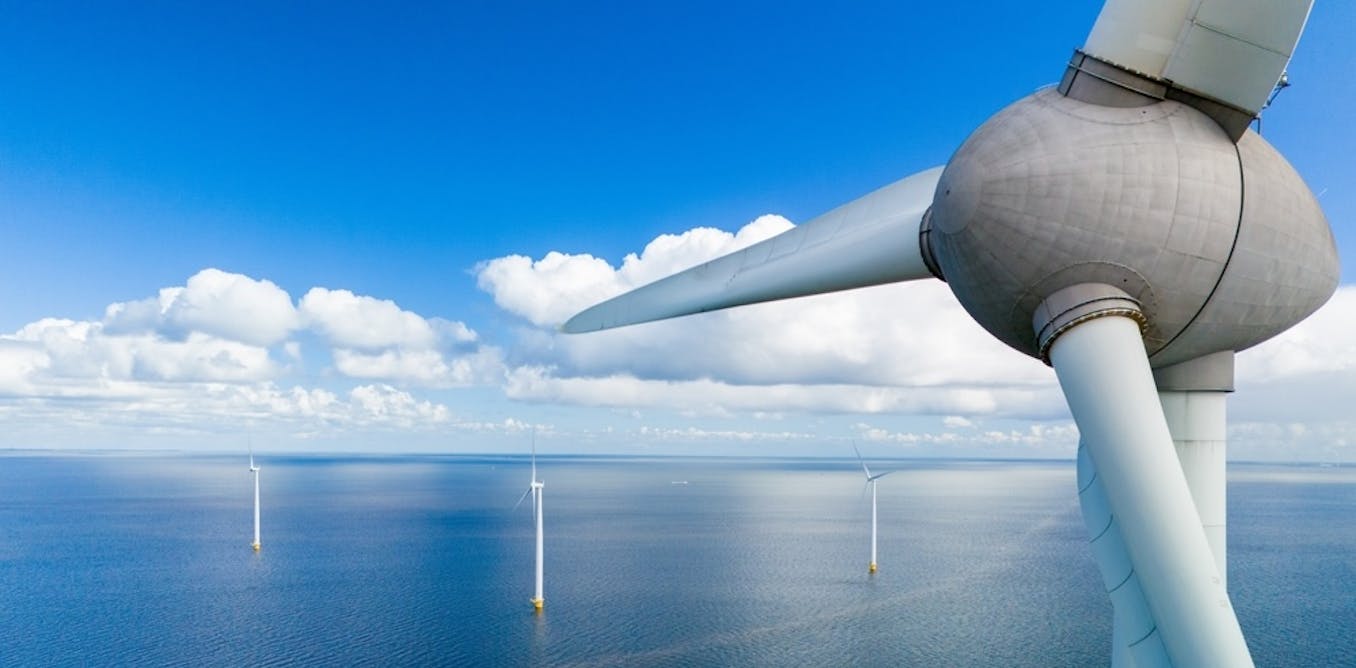Climate change is reshaping weather patterns around the world, with monsoons, droughts, hurricanes and heatwaves all occurring with greater frequency and intensity. Aside from disturbing ecosystems, these environmental shifts risk triggering psychological reactions in people that can escalate into violent conflict.
The cognitive mechanisms that are triggered in people as a result of the effects of climate change share fundamental similarities with aggression in other settings. Consider two parallel scenarios. In the first, one person accidentally bumps into another person in a crowded bar. The bumped individual, already stressed from work woes, assumes malicious intent and retaliates violently.
In the second scenario, farmers in a water-scarce region notice their neighbours’ water well running normally while their own well runs dry. The farmers conclude that deliberate water theft has occurred rather than blaming geological differences in their ability to access the aquifer.
Both of these situations demonstrate what is known in psychology as “hostile attribution bias”, the tendency to interpret ambiguous actions as having been done with harmful intent. Forensic psychological research has recognised this bias as a factor in offending behaviour.
Wars and climate change are inextricably linked. Climate change can increase the likelihood of violent conflict by intensifying resource scarcity and displacement, while conflict itself accelerates environmental damage. This article is part of a series, War on climate, which explores the relationship between climate issues and global conflicts.
Environmental factors can intensify this cognitive tendency. When entire communities endure prolonged heatwaves and water shortages, this heightened strain can fuel perceptions that the survival strategies of other groups are deliberate acts of aggression. This can escalate tensions and increase the risk of conflict.
In Ethiopia and Kenya, even a modest drop in rainfall has been linked to more violent conflict breaking out between communities. This pattern has been repeated across sub-Saharan Africa and parts of Asia. Consecutive droughts in 1965 and 1966, for example, contributed to the widespread rural discontent that fuelled the Maoist insurgency in northern India. The insurgency remains active today.
This is not just a modern problem. In the 4th century, when much of Britain was ruled by the Romans, a series of droughts caused famine. Roman Britain descended into anarchy and, before long, Pict, Scotti and Saxon tribes were storming Hadrian’s Wall. The last Romans left Britain around 40 years later.
Mental fatigue
The prefrontal cortex is the part of a brain that is crucial for executive functions like making decisions and controlling behaviour. But, like a muscle, it can become exhausted. Research shows a link between poor self-control and offending behaviour, with a mentally fatigued person more likely to engage in violence.
Climate stress creates chronic cognitive load, in which people are having to think about too many things at the same time. Farmers calculating whether their crops will survive another heatwave, coastal communities planning evacuations, or city dwellers navigating heat-induced intrastructure failures are all operating with depleted mental resources. When a person’s mental energy is depleted, the psychological brakes that normally prevent offences begin to fail.
It is, of course, difficult to establish direct causal relationships between environmental factors and violence. Various other factors such as intelligence, socioeconomic status and demographics can also contribute.
However, some studies provide valuable insights by indicating possible trends and patterns. One study from South Korea found a correlation between rising temperatures from 1991 to 2020 and deaths by assault. The risk of assault deaths increased by 1.4% for every 1°C increase in ambient temperature.
Similarly, research in Finland from 2017 found that ambient temperature played a factor in violent crime rates, with a 1.7% increase per 1°C temperature rise. These findings together suggest that heat may erode the cognitive resources people need to regulate aggressive impulses, making hostile responses more likely when the capacity for self-control is compromised.

Manoej Paateel / Shutterstock
Recognising how the human mind works can guide people to make positive changes. Just like cognitive-behavioural therapy helps people spot and change harmful thinking patterns, we can collectively help communities become aware of the cognitive biases that may be worsened by climate change.
Taking measures that reduce the mental burden of climate stress can also help preserve the cognitive resources needed for peaceful resolution. This can be done through improved physical infrastructure, such as water storage and transfer facilities designed to distribute water to communities evenly.
Read more:
How water fuels conflict in Pakistan
It also includes implementing education programmes and financial mechanisms that can empower disadvantaged communities to negotiate resource access. In the Koshi River basin of eastern Nepal, for example, communities located downstream have funded activities that helped convince those upstream to share their water resources.
Recognising the role of upstream watershed areas in maintaining the quantity and quality of the water flow downstream, the municipal authority in the town of Dhankuta pays for the water services – treatment, storage and distribution – to the upstream watershed villages of Nibuwa and Tankhuwa. It has also pledged to invest in conserving the upstream ecosystem.
A key part of the intersection of climate change and conflict is how environmental stress systematically activates the psychological vulnerabilities that drive criminal behaviour. By understanding this connection, intervention can occur before rising temperatures trigger the cognitive cascade from stress to bias – and from there to violence.

The post “How climate change can make people more likely to get into violent conflict” by Edward White, PhD Candidate in Psychology, Kingston University was published on 10/28/2025 by theconversation.com


































Leave a Reply